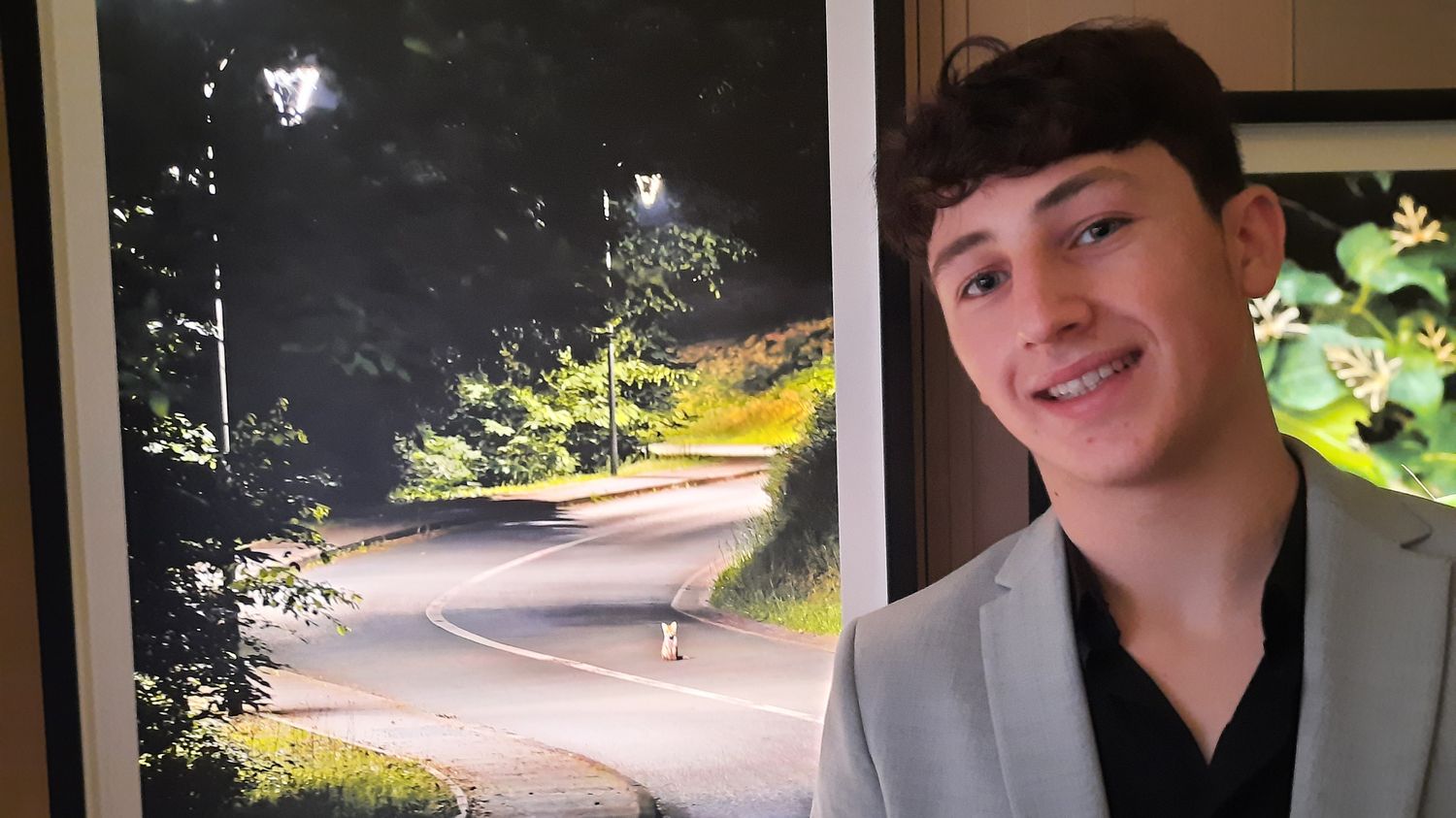Every year, the Natural History Museum in London rewards the best photos which show the state of the world’s flora and fauna.
Published
Updated
Reading time: 2 mins

It is the most prestigious wildlife photography award. It is organized by the Natural History Museum in London. The winners of the 60th edition of the Wildlife Photographer of the Year have just been designated and the call for applications for the 61st is launched, Monday September 14. The exhibition of these magnificent photos, amusing or sad, gives a panorama of the fauna and flora in the world. These photographers have a front row seat to observe the evolution of the planet.
A gnarled, dark tree in a forest where we see red, yellow, green and even white, with a rare form of lichen: this is the photo by Fortunato Gatto taken in Scotland, in the Highlands, in a Glen Affric wood at least 8 years old 300 years where pollution does not occur, hence these colors and this very particular lichen. “My first objective is not to take a photo but to develop a relationship with the environment, to the point of becoming part of it, explains the photographer. We want to raise awareness. We’re talking about the future here. It is very important to defend the beauty of nature and share it. Young people need to know that our world is full of beauty. I want to influence them.”

This photo by Fortunato Gatto won one of the competition prizes, in the “Plants and Fungi” category. This variety of lichen, nicknamed “old man’s beard”, indicates low air pollution.
Another image, awarded in the category “Urban Wildlife”: the one taken by the German Robin Darius Conz of a tiger in the Tamil Nadu region (India). It lies on the side of a hill, on the heights of a village, where forests once grew. A deceptively peaceful scene, notes Kathy Moran, president of the jury: “At first, we are delighted to see a tiger apparently at ease, in the open air. But as we enter the image, the reality becomes brutal. Where is the forest, what is- he arrived in the natural environment ?”

Frenchman Maxime Colin took his photo right next to his home, in the Chevreuse valley. We see a fox cub sitting on the road, on a bend. It’s night, he is lit by street lamps, he seems to be staring at the photographer. “It shows how nature adapts to us and how we do not adapt to nature, he says. This family of foxes, I show that they are there, in the middle of houses and roads. We can’t even leave them a little space. It makes you think about our relationship with nature.”
A few hours after this photo, the young photographer found the animal dead, in exactly the same place, crushed by a car.
Richard Place’s report with the winners of the 60th edition of the prestigious wildlife photography prize
